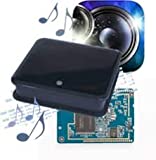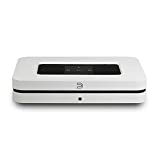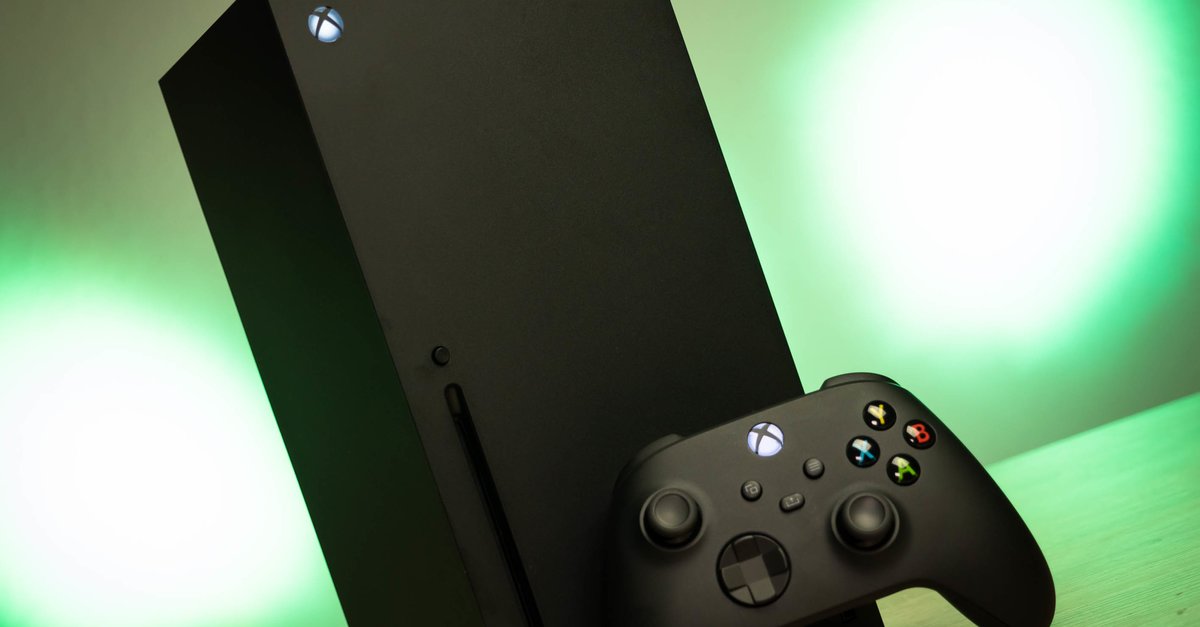Connecting a mobile phone to a stereo system: 4 ways to get there
How do you bring music and podcasts from an Android smartphone or iPhone to an old stereo system? GIGA audio expert Stefan shows the possibilities and their respective advantages and disadvantages.

Modern stereo systems have no problems with smartphones: thanks to integrated Bluetooth or even Spotify Connect, they are well equipped. But here we want to take a look at older stereo systems that date back to before smartphones (and tablets). Many a noble hi-fi tower from the 90s still sounds much better today than the latest Bluetooth box – so it would be a shame to let the tried and tested veteran gather dust just because the music is now coming from a cell phone rather than a CD. The following is a Overview with gadgets from different price ranges that allow the playback of smartphone content on old (analog) stereo systems.
Cable (+ adapter)
Some smartphones still have a round headphone output (“jack socket”). Then the easiest and cheapest way to get a stereo system is a “jack to cinch cable” (also found under “3.5 mm jack plug to 2 x cinch plug”). The jack plug goes into the mobile phone, the two cinch plugs (“RCA connector”, red and white) into the line or CD input of the amplifier / receiver of the stereo system. This is how it looks:

However, some smartphones do not have a headphone output – then you have to make do with an adapter. Android phones can be expanded with a USB-C to jack adapter, while iPhones have to be Lightning to jack.
benefits:
disadvantage
- inflexible and limited range, because it is wired
- Sound quality extremely dependent on the headphone output of the cell phone
Which model is good?
I can recommend the CSL cinch to jack cable on Amazon. It is robustly made and available in different lengths. I opted for a rather long version at 7.5 meters (around 13 euros) – so I can run the cable along the edge of the living room to the coffee table on which I have my cell phone.
Those who value the highest sound quality count additionally to an external digital-to-analog converter (DAC). The Audioquest Dragonfly Black and a USB OTG adapter are connected to the mobile phone and are guaranteed to sound better than the built-in jack socket. With iPhones, a USB camera adapter is required instead.
Bluetooth receiver
Bluetooth is integrated in all commercially available smartphones, so you can wirelessly transmit sound to a receiver. The old stereo system therefore needs a Bluetooth receiver: a small box that receives Bluetooth and forwards it to the system via cinch. You have to reckon with losses in sound quality (data compression) – but modern standards such as AAC and aptX HD effectively counteract this weak point (requirement: sender and receiver support the codec).
Which model is good?
The selection is huge – I would like to recommend the Bluetooth audio receiver from the well-known accessory manufacturer Logitech. This supports Multipoint Bluetooth and can therefore remain connected to two devices (e.g. mobile phone and tablet).
benefits:
- Wireless
- Works with all smartphones
disadvantage
- Limited range
- all cell phone sounds (including ring tones) are transmitted
- Transmission can be lossy (compression)
WIRELESS INTERNET ACCESS
Sound can be transmitted wirelessly via your home WLAN. This way even offers some advantages over Bluetooth, for example the range tends to be longer and better sound quality is possible. The two best-known standards are Airplay from Apple and Google Cast. But other systems such as Musiccast (Yamaha) and HEOS (Denon) can also be used. To turn an old stereo system into a WLAN receiver, you also need an additional gadget. A powerful and seamless WiFi network in the home is fundamentally important for WiFi music streaming, otherwise dropouts can occur.
benefits:
- Wireless
- Loss-free transfer possible (CD quality)
disadvantage
Which model is good?
I recommend the AirLino max from Lintech. This small box supports WLAN with 2.4 and 5 GHz and has also been compatible with Apple Airplay 2 since firmware version 6.3.0 (including multi-room functions). An audio adapter (3.5mm jack socket to 2x cinch) for connection to the stereo system is included in the scope of delivery.
Comparable alternatives: Yamaha WXAD-10, Sonos Port
Network player
If you don’t like a dongle, you can get a real hi-fi component right away and add one level to the existing stereo system tower. This is relatively expensive, but promises the best sound quality and the highest flexibility. The latter applies if you get a streamer (network player) that offers additional functions (e.g. DAB +, Internet radio, CD, USB).
benefits:
- Great sound
- many other options depending on the model (e.g. DAB +)
disadvantage
- relative expensive
- one more component on the device tower
Which model is good?
In the audiophile world, the Bluesound Node 2i won multiple praise and Top marks in tests to win. This is a full-fledged hi-fi component that is optimized for the highest sound quality. The control takes place via controller app (iOS, Android, Kindle Fire, Windows, macOS), via touch field directly on the device or with any learning IR remote control. A look at the back leaves nothing to be desired, as all the important connections are available:

Comparable alternatives: Marantz ND8006 (with CD player), Yamaha NP-S303
If none of these options convince you, then the old stereo system may have to retire after all. Space-saving and functional: modern WiFi speakers from Sonos, Bose & Co., in which amplifiers and network players are already integrated. More about this in our large purchase advisor:
did you like this article? Let us know in the comments or share the article. We look forward to your opinion – and of course you are welcome to follow us on Facebook or Twitter.






